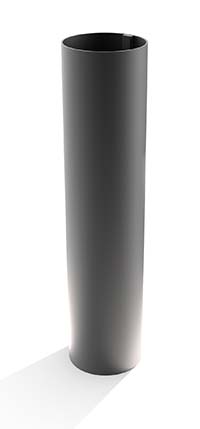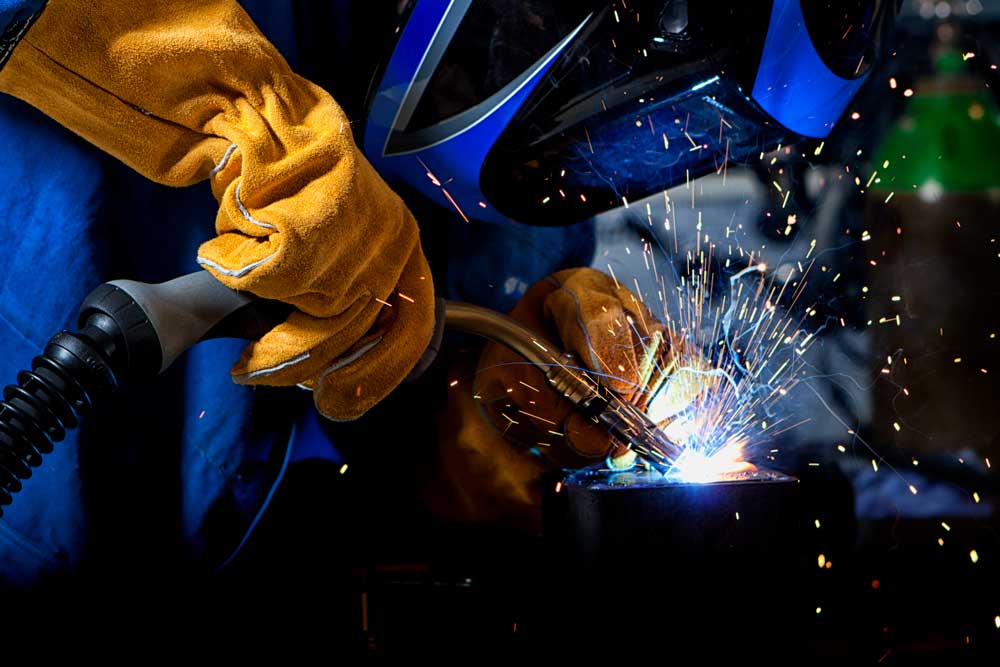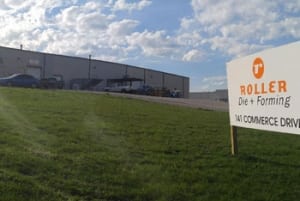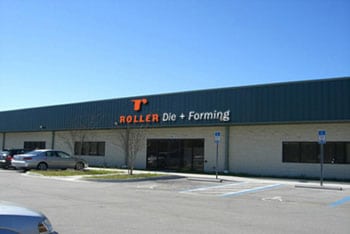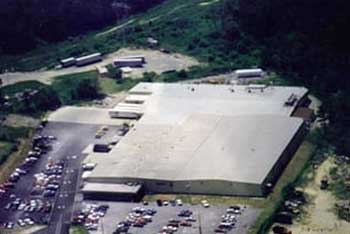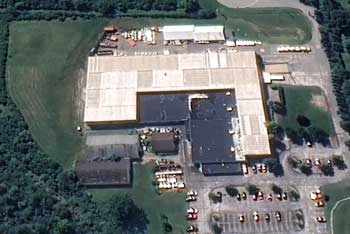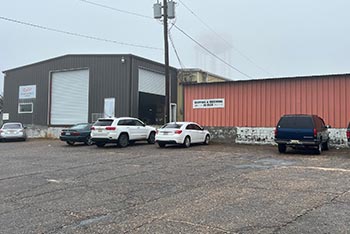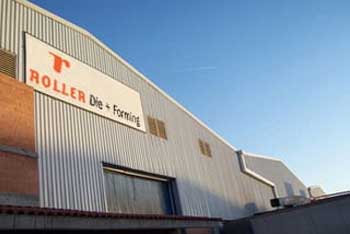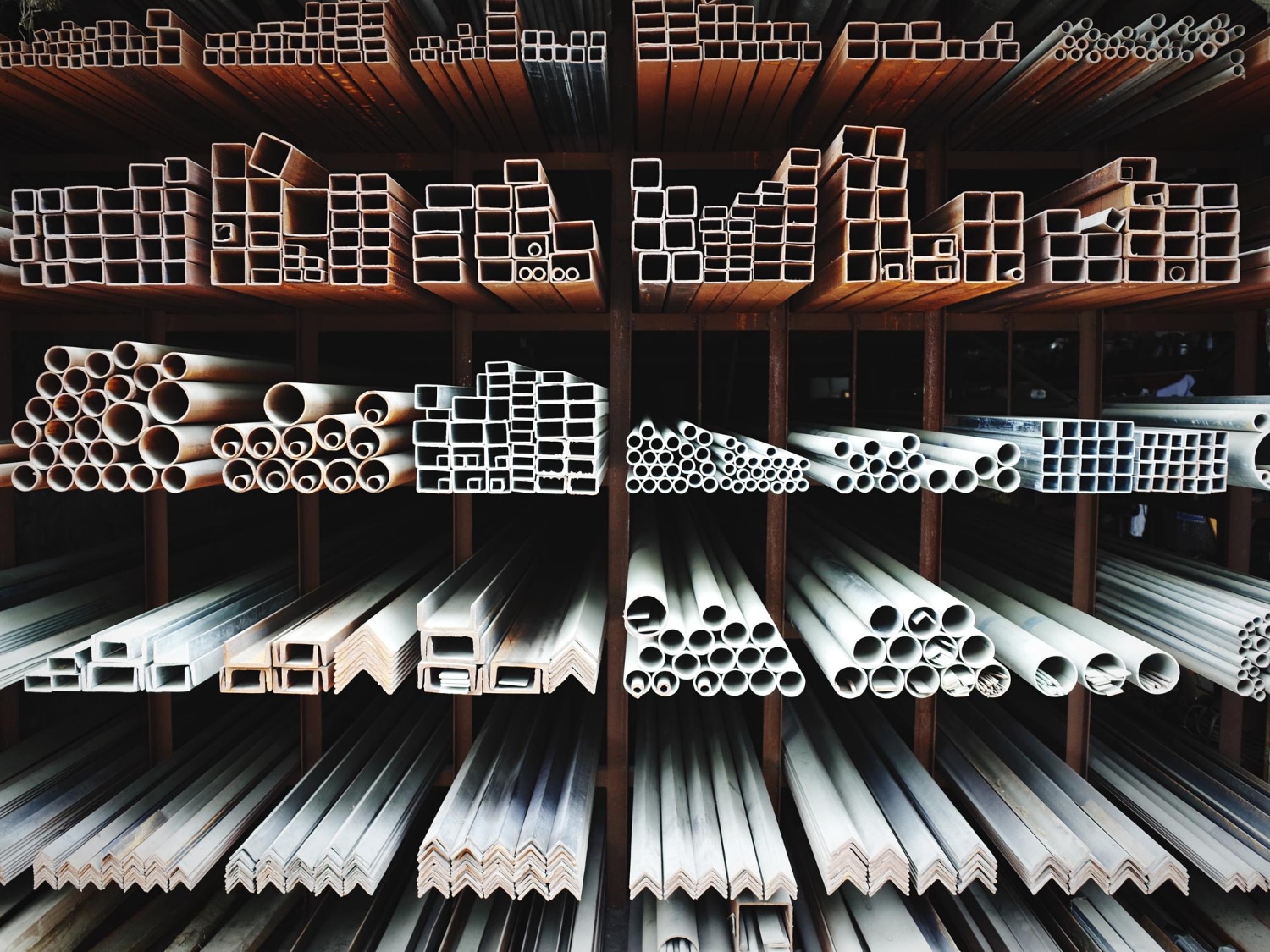The steel and metal markets are facing an era of rapid change, driven by technological innovations, evolving global demands, and stricter sustainability measures. As we step further into 2025, manufacturers and industry stakeholders are keen to understand the upcoming trends and challenges that will shape this vital sector.
Demand for steel and metals is expected to rise, fueled by growth in emerging markets and industrial applications. At the same time, sustainability is becoming a core focus, pushing companies to adopt greener practices and materials. Automation and AI are revolutionizing production processes, enhancing efficiency and precision in metal manufacturing.
Staying competitive in this evolving landscape requires a keen understanding of these trends. From the introduction of new alloys to the influence of global trade policies, each factor plays a crucial role in determining the future of steel and metal markets. This article aims to delve into these aspects, offering insightful predictions and strategies for navigating the industry in 2025 and beyond.
Understanding Steel and Metal Demand in 2025
The global demand for steel and metal is projected to remain strong in 2025, driven by sectors such as construction, automotive, and infrastructure development.
Increased investments in renewable energy projects, such as wind turbines and solar panels, are also boosting the need for specialized metals. These applications require metals with specific properties, pushing manufacturers to innovate and produce higher-quality materials to meet these stringent requirements.
With the rise in demand, manufacturers must adapt by increasing production capacities and optimizing supply chains. Efficient resource management and advanced production techniques will play a pivotal role in ensuring that supply meets the growing global demand.
Sustainability Trends Affecting Steel and Metal Manufacturing
Sustainability is becoming increasingly important in steel and metal manufacturing. Companies are under pressure to reduce their environmental footprint, and several trends are emerging to address this need. One key trend is the shift towards using recycled materials. Recycling steel and metals significantly reduces energy consumption and greenhouse gas emissions compared to traditional manufacturing methods.
Energy efficiency is another focal point. Many manufacturers are investing in energy-efficient technologies and practices, such as waste heat recovery systems and more efficient machinery. These investments not only reduce carbon emissions but also lower operational costs in the long run.
There is also a growing interest in green steel production. This involves using hydrogen instead of carbon for the reduction process in steelmaking, drastically reducing CO2 emissions. While still in its early stages, green steel has the potential to transform the industry. Manufacturers that prioritize sustainability will not only meet regulatory requirements but also appeal to environmentally-conscious customers and investors.
Innovations in Roll Forming for High-Quality Metal Products
Roll forming continues to evolve with innovations that enhance the quality and efficiency of metal products. Precision tooling is a key advancement, allowing for the creation of more complex shapes with tighter tolerances. This boosts the versatility of roll forming, making it suitable for a wider range of applications.
Another significant innovation is the use of advanced materials in roll forming tools. These materials can withstand higher pressures and temperatures, extending the lifespan of the tools and improving the consistency of the produced parts. This is especially important for manufacturers aiming to produce high-strength components for industries like automotive and aerospace.
In addition, digital control systems are revolutionizing roll forming processes. These systems provide real-time feedback and adjustments, ensuring each part is formed to exact specifications. This reduces material waste and increases the speed of production. By incorporating these innovations, manufacturers can achieve higher efficiency and produce superior metal products.
Predictions for Steel and Metal Prices: Challenges and Opportunities
The pricing of steel and metals in 2025 is expected to face several challenges and opportunities. One major challenge is the fluctuation in raw material costs. Factors such as mining activities, geopolitical tensions, and supply chain disruptions can impact the availability and price of raw materials, leading to unpredictability in metal costs.
New Materials and Alloys Revolutionizing Steel Manufacturing
Steel manufacturing is undergoing a transformation with the development of new materials and alloys. Advanced high-strength steels (AHSS) are becoming increasingly popular due to their superior properties. These materials offer higher strength and durability while remaining lightweight, making them ideal for automotive and aerospace applications where weight reduction is crucial.
Another promising development is the introduction of superalloys. These materials can withstand extreme temperatures and pressures, making them suitable for applications in power plants and the aerospace sector. Superalloys address the need for materials that perform well under harsh conditions, enhancing the safety and efficiency of critical infrastructure.
Nanotechnology is also playing a significant role. By incorporating nanoparticles into steel, manufacturers can enhance properties like strength, flexibility, and corrosion resistance. These advancements allow for more specialized applications and open up new possibilities for steel products. Keeping abreast of these innovations ensures manufacturers can produce materials that meet the evolving demands of various industries.
Integration of IoT in Metal Production and Distribution
The Internet of Things (IoT) is making significant strides in metal production and distribution. IoT devices enable real-time monitoring and automation across the entire production line, from raw material handling to the final product. Sensors collect data on machine performance, temperature, and humidity, ensuring optimal operating conditions and reducing downtime.
Smart inventory management systems use IoT to track stock levels and predict future needs. These systems automatically reorder supplies when levels drop below a certain threshold, preventing production delays. This level of automation reduces both time and operational costs, enhancing overall efficiency.
In distribution, IoT enhances logistics management. GPS and RFID technologies track shipments in real time, providing accurate delivery estimates and ensuring that products reach their destination safely. This transparency improves customer satisfaction and trust. Integrating IoT in production and distribution is revolutionizing the metal industry, making processes more efficient and reliable.
Environmental Regulations and Their Influence on Metal Markets
Environmental regulations are shaping the future of the metal markets. Stricter emission standards are pushing manufacturers to adopt cleaner production methods. Compliance with these regulations often requires significant investment in technology, but it also opens up opportunities for innovation and efficiency improvements.
Regulations around waste management are also influencing industry practices. Companies are being encouraged or mandated to recycle more of their materials, which reduces waste and the environmental impact of mining new raw materials. This shift towards a circular economy can also be cost-effective in the long run, as it reduces the need for costly disposal processes and raw material purchases.
Energy efficiency regulations are further driving the adoption of sustainable practices. Energy audits and efficiency improvements not only help meet regulatory requirements but also reduce operational costs. Manufacturers that adapt to these regulations not only avoid penalties but also position themselves as responsible, forward-thinking players in the market.
Conclusion
The future of steel and metal markets in 2025 and beyond promises to be dynamic and full of opportunities. From the adoption of new materials and advanced technologies to navigating complex trade policies and environmental regulations, manufacturers must stay agile and informed.
At Roller Die + Forming, we are committed to staying at the forefront of these industry advancements. By providing high-quality, custom roll-formed products, we help manufacturers meet their evolving needs. Contact us today to learn more about how we can support your journey in the metal markets of the future.

